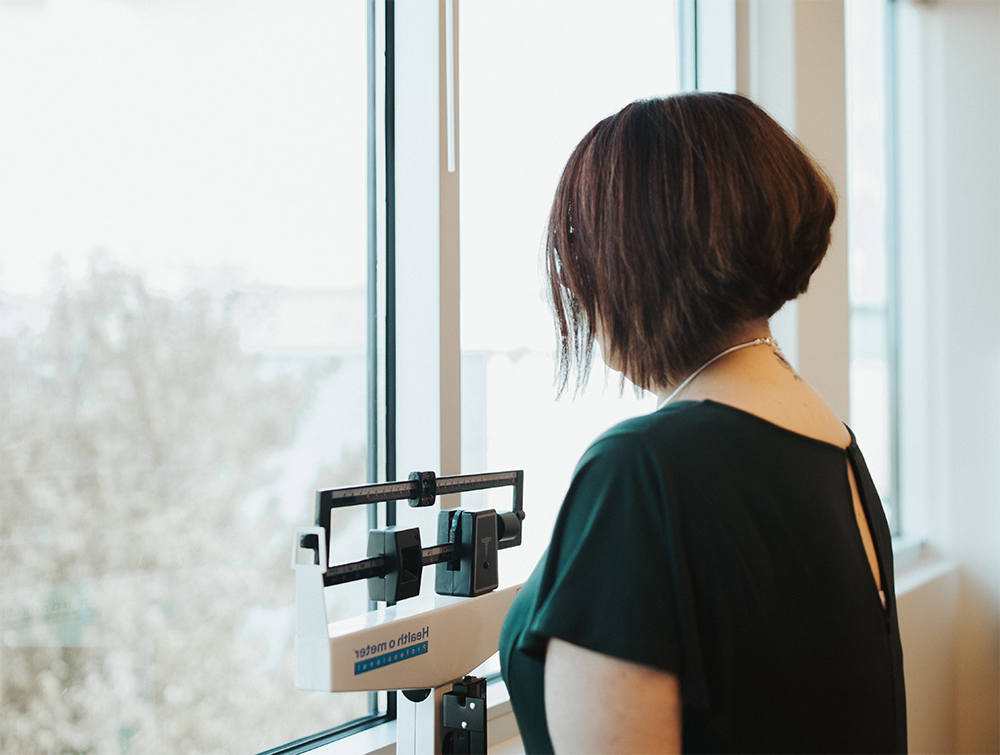
Exercise after bariatric surgery is important to ensure you maintain your weight loss and can help you achieve the body you have dreamed of. If you have been relatively inactive in the past, the thought of walking into a gym can be daunting. Similarly, a gym membership may not fit into your monthly budget. But don't let that be your excuse for not getting active. You always have the opportunity to walk!
Walking is a great way to get active and can help you reach your weight loss goals. Not only that, you can do it anywhere!
After your bariatric surgery, you will begin walking the halls of the hospital the same day as your procedure. So walking is a great place to start on your new healthy living and active lifestyle.
The Basics of Walking for Weight Loss
To have exercise aid in your weight loss goals, you must get your heart rate up. Therefore, you want to be sure you are walking at a moderate-intensity for at least 10 minutes to start burning fat.
Your fat-burning zone will ideally be between 70% to 80% of your maximum heart rate. When you first get started working out, getting your heart rate up will not take as much effort. However, the more you work out, the lower your heart rate will be. Therefore, you will have to work even harder to elevate your heartbeat to the fat-burning zone.
How Often You Should Walk
I tell all my training clients that they should aim for at least 2.5 hours of exercise each week. This can include cardio and/or strength training. When you first get started with your walking routine, you will want to work up to at least 30 minutes of consecutive exercise a day.
By working out consistently for 30 minutes as opposed to 3 increments of 10 minutes spread throughout the day, you will be able to increase your heart rate and keep it elevated for longer.
Caloric Burn in 30 Minutes of Walking
The average person will burn anywhere from 100 to 300 calories in 30 minutes of walking. This will depend on how fast you are going, what your weight is, and your activity level.
As I mentioned above, the more active you become, the harder you will have to push yourself to elevate your heart rate and reach your fat-burning zone. However, this also means that those once hard workouts will now be easier.
How Walking Helps You Lose Weight
So you may be wondering by now, what exactly will walking do for me to help me achieve my weight loss goals? The basic answer is it burns calories, and as we know when you are in a caloric deficit (i.e. burning more calories than you are consuming), you will lose weight.
Also, walking will help you burn that extra belly fat. Studies have found that individuals who engaged in walking 1 hour a day, 5 times a week, reduced their body fat percentage and their waist circumference.
Incorporating Walking into Your Everyday Life
The best part of walking for exercise is that it is easily accessible for everyone. So how can you incorporate it into your daily life?
- Parking further away from the store entrance
- Inviting a friend or family for a walk outside
- Taking your pet on a walk around the neighborhood
- Calling your friend and going for a walk
- Walking on the treadmill while watching your favorite shows
As you can see, there are many ways to add this form of exercise to your everyday life. Those extra steps a day can help you in achieving your weight loss goals.











